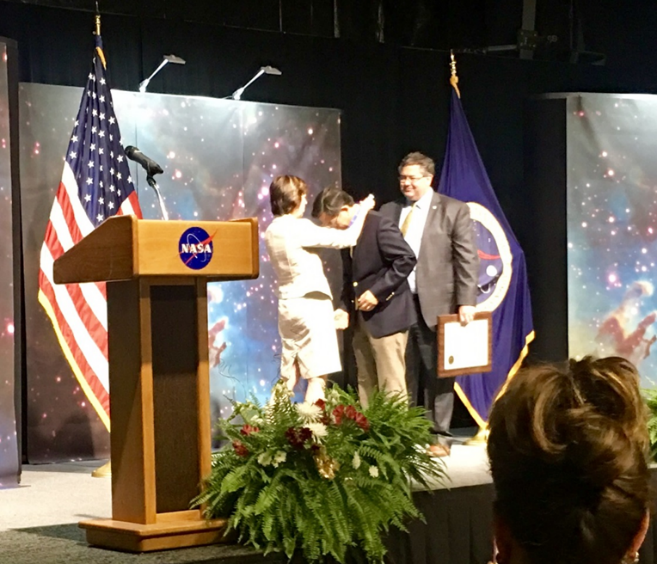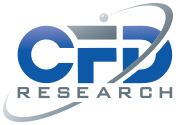CFD Research Corporation has a vision that includes impacting our world with technology solutions created by our employees and partners. Dr. HQ Yang exemplifies this vision in his work supporting one of our longest customers at NASA’s Marshall Space Flight Center. NASA awarded two prestigious accolades to teams that included Dr. Yang.
Dr. Yang was a principal contributor to a team of civil servants and contractors that received the Silver Achievement Medal. This prestigious NASA silver medal is awarded to government and non-government individuals or teams by NASA center directors for a stellar achievement that supports one or more of NASA’s core values, when it is deemed to be extraordinarily important and appropriate to recognize such achievement in a timely and personalized manner.
Dr. Yang’s team has created a state-of-the-art method for assessing propellant tank damping, extended the capabilities of MSFC for the assessment of propellant tank damping, validated the new process, and applied it to SLS hardware to enable the successful flights of EM-1 and EM-2. For this Silver Achievement Medal, NASA MSFC specifically recognized their exceptional innovation and technical achievement in the development of methodology to predict propellant slosh damping where the traditional methods are not valid.
The second acknowledgement was also a Team award, this one for the prestigious MSFC Invention of the Year. This award is given in recognition of a recently patented invention which has made the greatest contribution to a NASA program or has had the greatest commercialization success. Dr. Yang was once again a key contributing member of a blended team that developed the award winning Variable-Aperture Reciprocating Reed Valve technology.
The passive technology, which uses the weight of a liquid coupled to a structure to dampen shaking, swaying, fluttering and other oscillations, is helping prevent future nuclear-plant radiation leaks by using the water in spent-fuel storage pools to steady reactors and their containment structures during earthquakes. The team has also expanded their early analytical and experimental work on the Ares I thrust oscillation problem to encompass a host of potential applications like stabilizing tall buildings in earthquakes and high winds, ships and drilling platforms in rough seas, and fluttering aircraft wings.
CFDRC is proud of Dr. Yang’s accomplishments as well as our role in working together with customers and partners to advance our capabilities in space.







